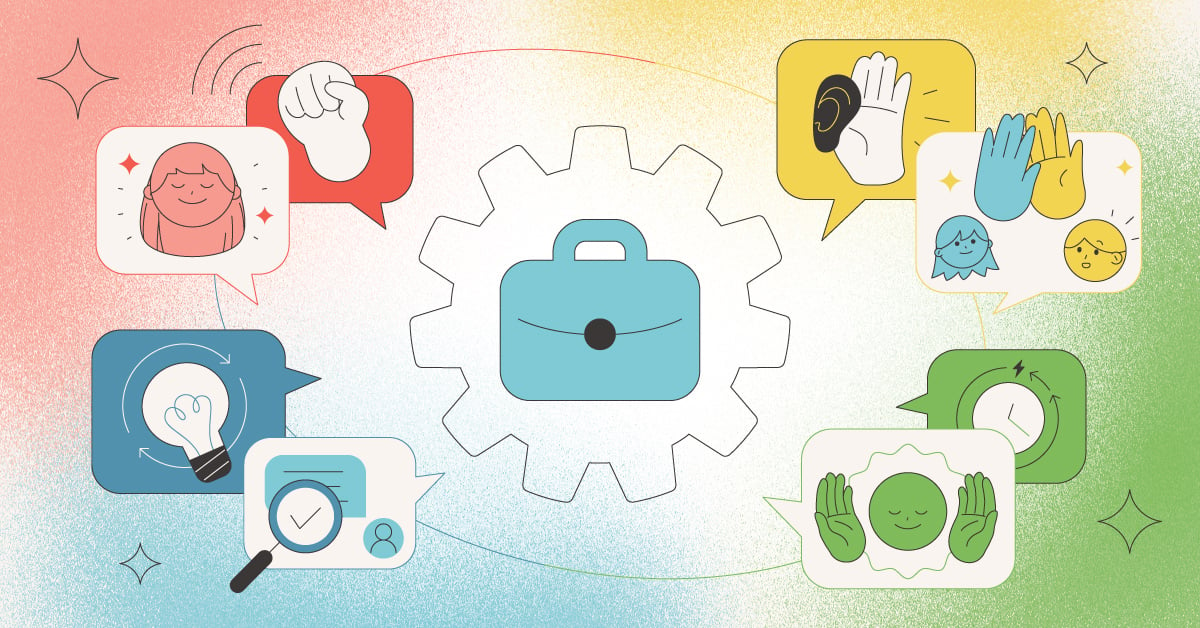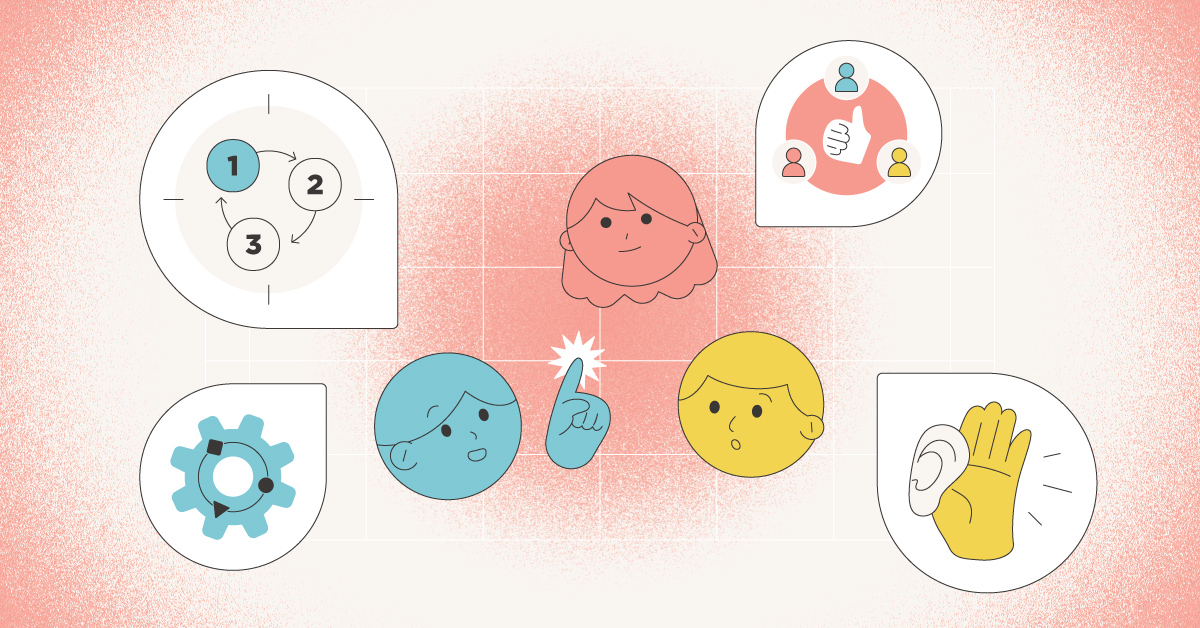
Perfecting the art of trust-building meetings
Twenty-one years ago, I sat in a massive conference hall in Seattle with thousands of other conference participants. Never had I been in a room of conversations so full of excitement and energy.
It was the launch of the US Delegation to the UN Fourth World Conference on Women in Beijing! This event marked a significant turning point for the global agenda for gender equality where strategic objectives were set in the areas of women and health, education, poverty and violence. First lady Hillary Clinton was the keynote speaker and leading the delegation. I was 26 and trying to find my place in the world.
At each of the 300 tables sat a facilitator whose job it was to ensure that the table talk stayed on track and that each person had an opportunity to speak. The outputs from each table’s discussion were carried to the front of the hall and provided to the delegation as input for the Beijing conference.
The facilitator at my table was regal and wise. Her job seemed simple and yet so important. I was smitten. I had been searching for work that I deemed “high leverage” and facilitating conversations that got people working together to get things done seemed just that. For the past two decades I have been studying, practicing, and teaching group facilitation and working with teams to create collaborative cultures.
The Art of Trust
I believe facilitation skills are underrated, especially in a world where work success is dependent on collaboration. The ability to bring people together in productive conversations that result in collective decisions and commitment to actions looks simple, but it’s pocked with potential pitfalls.
I recently heard someone rightly proclaim, “Facilitation is not rocket science.” I had to agree, “No, it’s not. Facilitators can’t rely on the laws of physics when things go awry. They have to rely on their gut.” Facilitating groups requires an understanding of group dynamics, knowledge of facilitation methods and techniques, and perhaps most importantly, the capacity to manage oneself.
Prevent Distrust and Disengagement
We have all been in a disastrous meeting. Disaster takes many forms. From floating chatter with no purpose or agenda to winding conversation with no agreed upon decisions. It’s being present without being able to contribute. It’s outright conflict that inflames emotions. Anyone of these can make a meeting unbearable and productivity impossible. Bad meetings are what build cultures of distrust and disengagement.
But there is an alternative. Teach everyone basic meeting facilitation skills – not only the leader. Anyone who works in a team becomes more powerful when they know how to guide their group forward. Especially when it’s stuck. Simple facilitation skills can help groups get past common meeting pitfalls. This creates conditions for collaboration and team productivity.
If organizational culture is the shared assumptions, values, and beliefs, which govern how people behave in organizations, then meetings are the venue for reinforcing culture. Leaders and team members who are capable of facilitating collaborative, participative meetings are the creators of innovative, high-performance cultures.
There are three basic meeting facilitation skills every professional should know:
1. Gain a shared understanding of why you are meeting.
The leader, the facilitator and the meeting members can’t work together if they don’t share a common purpose. Spend the time prior to meeting to ensure the purpose is clear and the outcomes are attainable.
2. Establish ground rules that everyone agrees to.
Similar to guide rails you might never use, operating agreements establish shared expectations for how people are to behave. They may seem superfluous when conversation is easy, but when the waters get rough agreements can be lifesavers for groups under stress.
3. Design an agenda that draws the group to its outcomes.
A good meeting design sequences conversations and interactions that accomplish the meetings purpose in the time allotted. A great meeting design addresses people’s underlying needs for connection, context, contribution, collaboration and commitment. By including each of these elements, participants can move forward together without fragmenting.
Is your organization building a culture of engagement and innovation? Start by building individual’s skills in running productive meetings.
This blog originally posted on Erin’s personal LinkedIn page.



